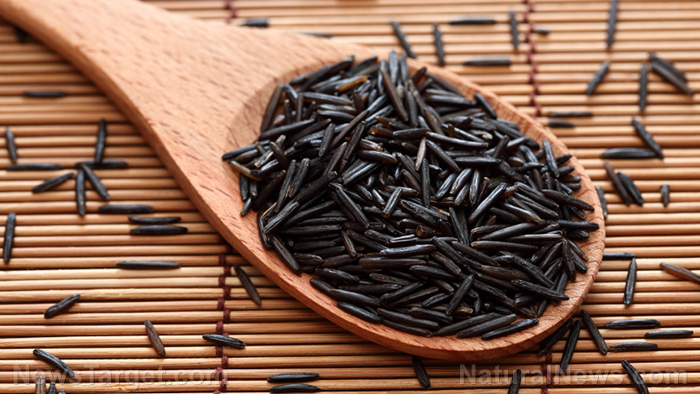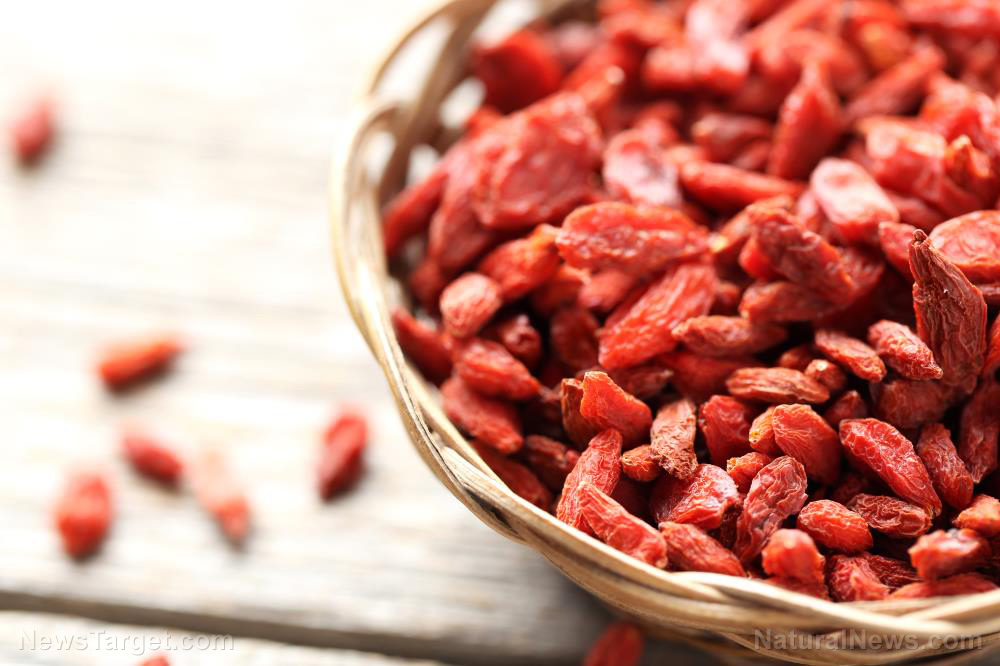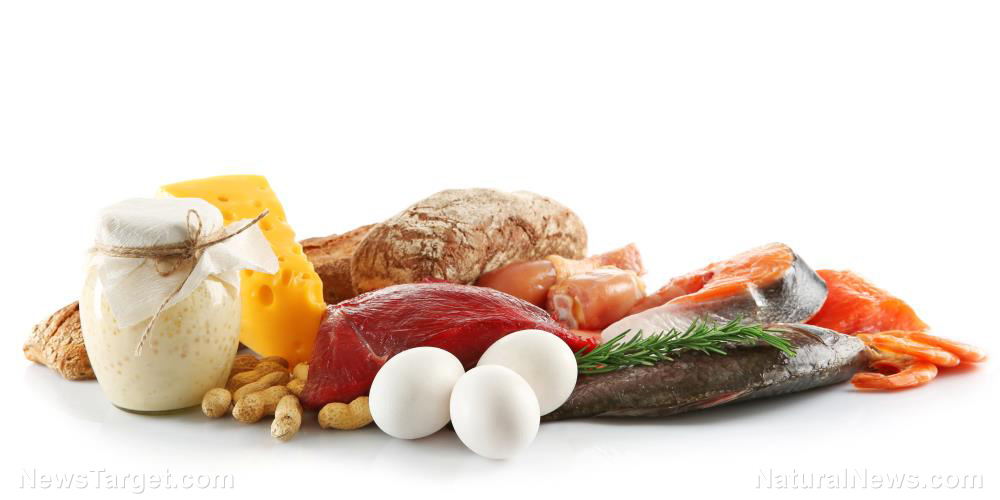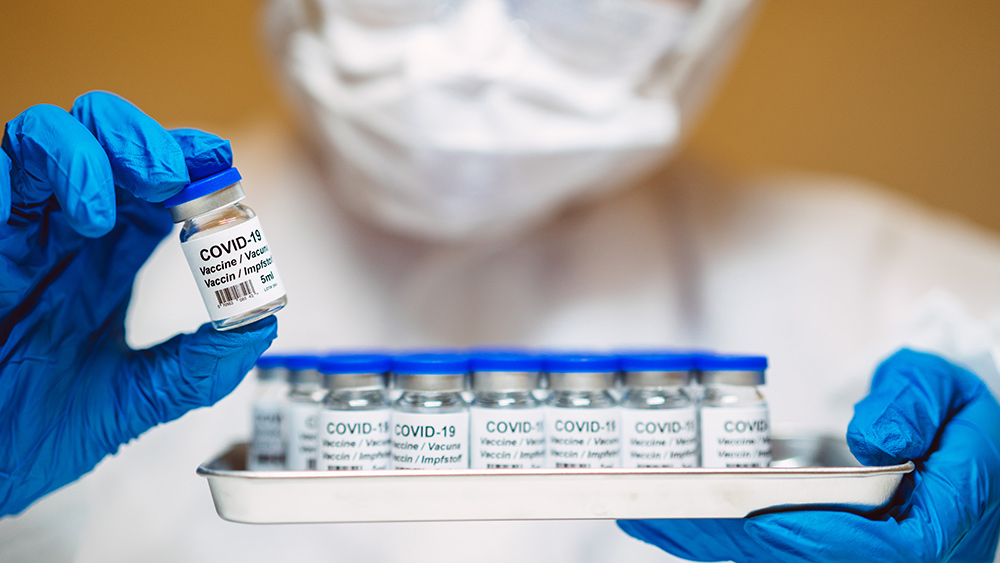 Parler
Parler Gab
Gab
.jpg)

Cancer stem cells pose serious obstacle to cancer therapy as they can be responsible for poor prognosis and tumour relapse. To add into the misery, very few chemotherapeutic compounds show promise to kill these cells. Several researchers have shown that cancer stem cells are resistant to paclitaxel, doxorubicin, 5-fluorouracil, and platinum drugs [8, 16]. CSCs are thus an almost unreachable population in tumours for chemotherapy. Therefore any compound, that shows promise towards cancer stem cells, is a highly desirable step towards cancer treatment and should be followed up for further development."The researchers identified a variety of ways by which 6-shagoal targets breast cancer:
It was in evaluating the last mode of 6-shagoal's chemotherapeutic activity and comparing it to the activity of the conventional chemotherapeutic agent taxol that the researchers discovered an astounding difference. Whereas taxol exhibited clear cytotoxicity in the one-dimensional (flat) monolayer experimental model, it had virtually no effect on the spheroid model, which is a more "real world" model reflecting the 3-dimensionality of tumors and their stem cell subpopulations. Amazingly, this held true even when the concentration of taxol was increased by four orders of magnitude:
- It reduces the expression of CD44/CD24 cancer stem cell surface markers in breast cancer spheroids (3-dimensional cultures of cells modeling stem cell like cancer)
- It significantly affects the cell cycle, resulting in increased cancer cell death
- It induces programmed cell death primarily through the induction of autophagy, with apoptosis a secondary inducer
- It inhibits breast cancer spheroid formation by altering Notch signaling pathway through γ-secretase inhibition.
- It exhibits cytotoxicity (cell killing properties) against monolayer (1-dimensional cancer model) and spheroid cells (3-dimensional cancer model)
In contrast [to 6-shagoal], taxol, even though was highly active in monolayer cells, did not show activity against the spheroids even at 10000 fold higher concentration compared to 6-shogoal."This is a highly significant finding, as it affirms a common theme in cancer research that acknowledges the primarily role of cancer stem cells: namely, while conventional techniques like surgery, radiation, and chemotherapy are effective at reducing a tumor's size, sometimes to the point where it is "debulked," burned," or "poisoned" out of the body even below the threshold of re-detection, the appearance of "winning the battle" often comes at a steep price, as ultimately the cancer stem cell population regrows the tumors, now with increased vengeance and metastastic invasiveness, resulting in the cancer "winning the war." The monolayer model, which does not account for the complex immunity of actual cancer stem-cell based tumors against chemoagents like taxol, represents the old preclinical model of testing cancer treatments. The spheroid model, on the other hand, clearly shows that even 10,000 times higher concentrations of taxol are not capable of beating this ginger component at selectively targeting the root cause of the tumor malignancy.
.jpg)
Black rice beats brown when it comes to its health benefits
By News Editors // Share
Can AI save breast cancer patients from unnecessary chemotherapy treatments?
By Ethan Huff // Share
7 Foods and nutrients proven to cut macular degeneration risk
By News Editors // Share
Nutrient in meat, dairy found to fight cancer – just make sure it comes from clean animals
By Ethan Huff // Share
Lemon: 12-evidence based health benefits
By News Editors // Share
Research suggests nutrient from meat and dairy can help KILL cancer cells
By Zoey Sky // Share
Governments continue to obscure COVID-19 vaccine data amid rising concerns over excess deaths
By patricklewis // Share
Tech giant Microsoft backs EXTINCTION with its support of carbon capture programs
By ramontomeydw // Share
Germany to resume arms exports to Israel despite repeated ceasefire violations
By isabelle // Share










